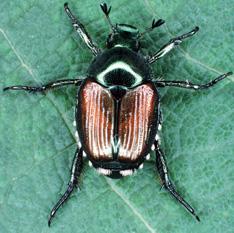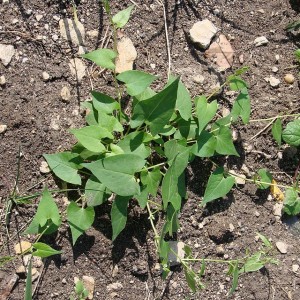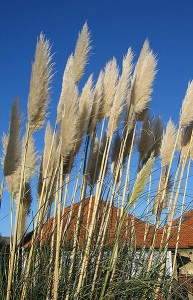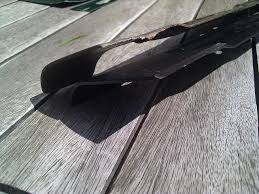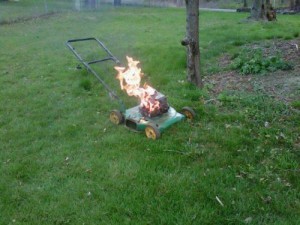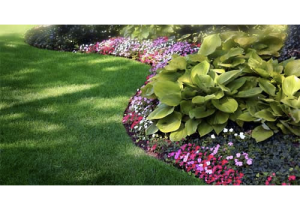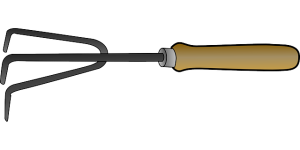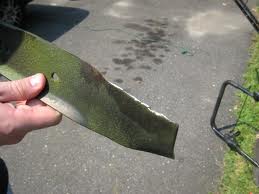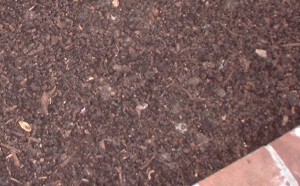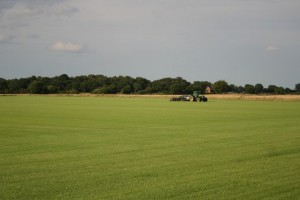Lawn mowers are powered in one of two ways: with a cord, or a supply of gas. Both have their advantages and disadvantages, depending on what your mowing personality is like and what your job consists of. One is great for the lawn mower who likes a bit of freedom when cutting the grass, although environmental friendliness may not be a top priority. The other option, though, may be more environmentally friendly, but it has a limited leash on which it can run. We’ll take a fun and lighthearted look at the pros and cons of each type of lawn mower so you can decide which one’s best for you.
Freedom
Not all of us have a postage stamp-sized lawn or one with electrical outlets every 10 feet, so it’s important to get a lawn mower that can go where it needs to get the job done. This is especially true for larger lawns or oddly-shaped ones where you need a mower that can cut, turn, weave and pretty much just barrel its way to short-shorn success.
Winner: Gas-powered lawn mowers
Environmental Friendliness
It’s not new news anymore that machines that belch gas and fumes aren’t exactly good for the air we breathe. Although a lawn mower is much smaller than a gas-guzzling SUV, it still has a carbon footprint that’s far bigger than using a pair of scissors to cut grass. There are times when we just can’t avoid using gas machines, but cutting the lawn doesn’t have to be one of them.
Winner: Electric lawn mowers
Toughness and Thoroughness
The debate between gas and electric in terms of power is also nothing new. All you have to do is look at mopeds versus e-bikes, and regular cars versus electric ones, like the Tesla. If you had to pit one against the other in each vehicle size, which one do you think would be able to go further and produce more power? Hands down it’s the gas ones. Where a lawn mower is different is that it’s attached to a continuous power source, but electric is still no match for a gas lawn mower, which can cut through tough grass and just last longer.
Winner: Gas-powered lawn mowers
Cost
There’s just one variable to consider when it comes to savings here, and that’s the size of your yard. If you have a tiny yard that’s about a tenth of an acre or less, or a big yard (half an acre or more), then gas is the way to go. But if you have a medium-sized lawn that’s about a third of an acre, then your best bet is electric.
Winner: Tie
Noise
Lawn mowing isn’t exactly a silent job, but there are certain aspects you can control. Most of us probably don’t need a Harley-strong engine in our lawn mowers, with the exception being riding mowers (but that’s a different article altogether). For regular push mowers, though, you have three noise settings: sort of loud, loud, and super duper loud. If you can avoid mowing your lawn before the sun gets up, then you may be okay on the volume it produces. But either way, your neighbours may be a little happier if you get a quieter mower.
Winner: Electric lawn mowers
Maintenance
Because a lawn mower is a machine, it’s made up of many parts — and they’ll need to be looked after. It’s an inevitability before something needs to be fixed or replaced, and the only question is when. However, how much work you have to do on your lawn mower differs depending on the kind you got, and there’s a noticeable difference between the two. Electric mowers tend to be the simpler ones, while gas lawn mowers are a little, ahem, fussier.




